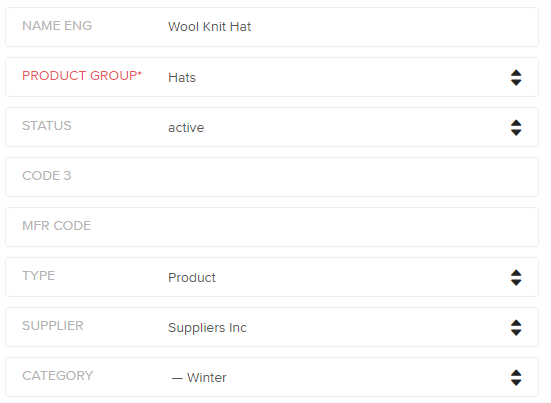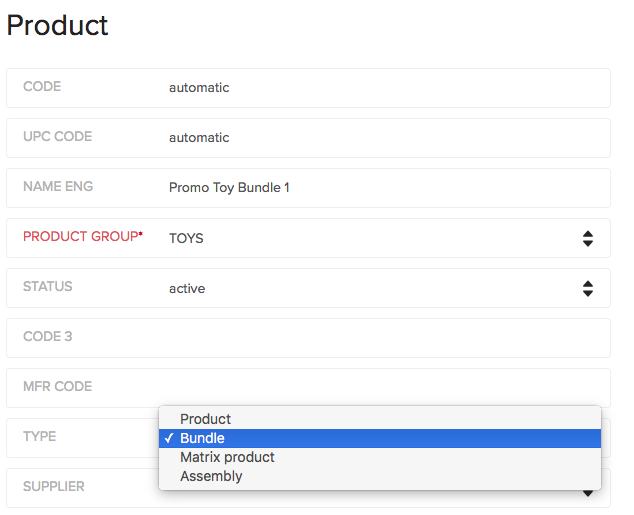Dealing with slow-moving inventory requires you take action not only to address it but also lessen the chances of the stale inventory eating into your profits in the future. Inventory takes up valuable storage space, costs you money, and can reduce cash flow. Once you’ve identified your slow-moving inventory, it’s time to find ways to turn it over into cash to help your business keep moving.
Run Sales
One of the first thoughts on slow-moving inventory is to run sales, a tried-and-true method to increase cash flow in a business. The question is how do you best position your sale? You’ll have to slash your prices and offer the inventory at a discount, but you have a variety of different ways you can do that.Targeted Sales
It’s a well-known fact that retailers always put fitness equipment and apparel on sale in January every year because people often make their weight loss resolutions that month. Adopt this trend and offer your own targeted sales based on your stagnant inventory. Is there a merchandise category you can use to create a sale? What about targeting your sales to a certain shopper? Look at the opportunities you have and devise a new targeted sale or series of sales.Flash Sales
Flash sales, limited-time opportunities for customers to snag a great deal, are still popular because customers love to get a great deal. However, retail experts advise that if you’re doing a flash sale that you don’t do it repeatedly, or else customers may suffer fatigue, which could put them off your product or business altogether. In 2015,retail publications like
Fortune
reported on the decline of flash sale websites, so if you run one, be sure you advertise it well and don’t repeat a flash sale too often.
Seasonal Sales
As the season changes, so do consumer needs. While yesterday they needed leggings and sandals, now they need warm pants and mittens. Anticipate the change of season by helping your seasonal stock sell by offering discounts on the items. If you’ve ever been in a department store after Christmas or Halloween, you know the draw on after-season products, as consumers pick up items for the next
year at a 40% or greater discount. Capitalize on their needs for bargains by advertising your seasonal stock as soon as possible.

Defining seasonal products is a great use for Erply’s categories option. If you identify certain products as “Winter”, for example, then you can apply for a sales promotion specifically to that category.
Clearance Sales
Clearance sales are a great method to move excess or stale inventory, especially if you capitalize on your marketing methods like email lists, text alerts, and social media posts. Let your customers know what’s on sale and for how much -- and don’t be afraid to personalize it either. After all, you should’ve been building a nice customer database for an opportunity just like this! Reposition Your Stale Stock
If your inventory is getting a little dusty and stale on your shelves, don’t let it stay in the same position. Give it new life by repositioning it for your customers. Make a new attractive display that your customers will see right when they walk in your door, or if you’re an online business, take new photos or enhance your product descriptions. You may even want to display the items more prominently on your website. The focus is on letting your customers see your products as something new and exciting, and that involves a little bit of effort.You can re-merchandise your items with complementary products, such as pairing a pair of mittens with a stylish scarf on a shelf to draw attention to both of the items. Don’t be afraid to come up with ways to reposition your items in the store such as:
- Moving them to a physical new location by the entrance
- Putting new signage or tags to attract your customers
- Marketing inventory on outside signage, such as sidewalk signs
- Encouraging your employees to be ambassadors and talk up or demonstrate the items
Make a Bundle or Give it Away for “Free”
Your slow-moving inventory can still turn to cash in your pocket if you bundle it. Bundling means to combine your products into one sale for a customer. You have several ways to bundle your stock, so look at what will work best for your sales. Say you have a decorated water bottle that sells well, but your chic fitness headbands aren’t moving how you’d like them to. No fear, just package them together and sell them as a “wellness bundle” with a reduced price for the combination. Your margins will be reduced, but you’ll move the stale product off your shelf because your customers will see a perceived value in the offer.
You can easily create promotional product bundles in Erply.
consumer research tells us
. The same consumer research shows that not only should customers jump at a chance to get a free item, but these other buying behaviors can occur:
- Consumers will pay more for the same or similar item at a later time
- Consumers feel obligated to buy more in a purchase when they’re getting a freebie
- Consumers can be enticed to buy more when they get a “mystery freebie” with their purchase
Liquidate or Donate
Sometimes inventory doesn’t move, no matter what you do, and when you’ve reached that stage, it may be time to take drastic measures. Liquidation and donation are popular methods some retailers use to get rid of excess stock. If you liquidate your slow-moving inventory, then you’ll want to contact a liquidation company who will buy your products on clearance. You must note that the purchase will likely not yield profits since they’ll put them on bargain-basement prices; however, the move will help you clear the shelves for a product that will help cash flow. Stores like Big Lots, Bargain Hunt, and Ollie’s Bargains often carry closed-out merchandise from liquidation companies.If you’ve exhausted your options, donations are another route. You can donate your merchandise to an organization that will happily use it. You’ll receive a tax deduction in exchange for your donation and best of all, your shelves will be cleared of stale merchandise. Under
IRS U.S. Code § 170
(Charitable, etc., contributions and gifts), you will either get a straight cost deduction or a deduction that’s the cost of the inventory plus half of the cost and fair market value, depending on how your business operates. In addition to your tax deduction, you’ll also be practicing corporate social responsibility, a value prized by consumers.